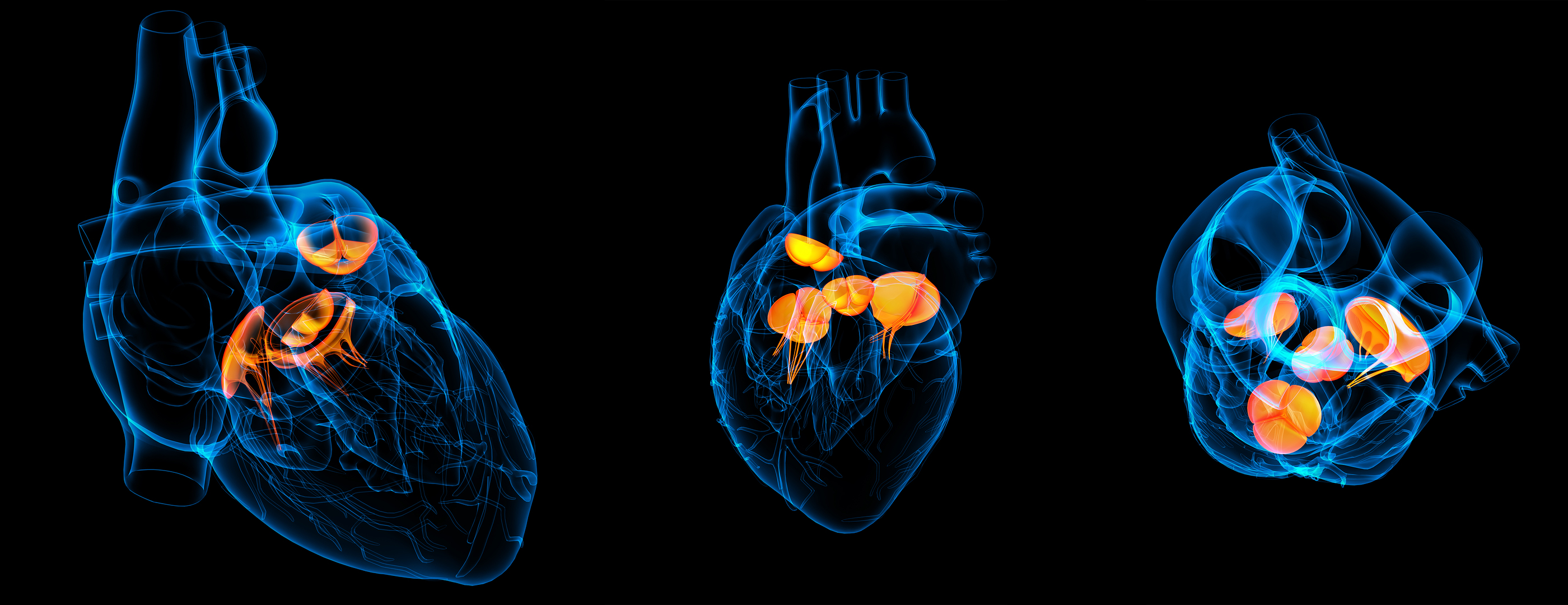New findings from the COAPT study were just published in Circulation and presented at TCT 2019 by Dr. Suzanne J. Baron. The findings of the study suggest that in patients with symptomatic heart failure and secondary mitral regurgitation, transcatheter mitral valve repair (TMVr) increases life expectancy and quality-adjusted life years (QALY) as compared with guideline-directed medical therapy.
Although the COAPT trial has previously demonstrated that TMVr using the MitraClip resulted in reduced mortality and heart failure hospitalization when compared with guideline-directed medical therapy (GDMT) in patients with symptomatic heart failure and 3-4+ secondary mitral regurgitation (SMR). Although TMVr is effective, it is also an expensive treatment modality. Considering that the treatment is aimed towards a large population with significant comorbidities and higher rates of healthcare resource utilization, whether or not TMVr is cost-effectiveness is not known. This was the underlying rationale behind this study. The investigators aimed to assess the long term cost and cost-effectiveness of TMVr in patients with heart failure and 3-4+ SMR.
 [perfectpullquote align=”full” bordertop=”false” cite=”” link=”” color=”” class=”” size=””]“We found that the mitral clip was of an acceptable economic health system. We calculated an incremental cost-effectiveness ratio of $55,600 per quality-adjusted life-year gained.” – Dr. Suzanne Baron, M.D. [/perfectpullquote]
[perfectpullquote align=”full” bordertop=”false” cite=”” link=”” color=”” class=”” size=””]“We found that the mitral clip was of an acceptable economic health system. We calculated an incremental cost-effectiveness ratio of $55,600 per quality-adjusted life-year gained.” – Dr. Suzanne Baron, M.D. [/perfectpullquote]
In the COAPT study, 614 patients with heart failure and 3-4+ SMR were randomized to either GDMT (312 patients, 50.8%) or GDMT and TMVr (302 patients, 49.2%) in a 1:1 ratio. The patients enrolled had ischemic or nonischemic cardiomyopathy with an ejection fraction between 20% and 50% and remained symptomatic (New York Heart Association (NYHA) class 2, 3 or 4a) despite the use of guideline-directed medical therapy and cardiac resynchronization therapy (if indicated). The economic analysis consisted of deriving the cost of the index hospitalization and follow up costs. The index hospitalization cost was based on the cost of the procedure, non-procedural costs, and physician fees. The costs of the index procedure were assessed based on resource-based accounting methods, and the MitraClip device was set at $30,000 per procedure. Non-procedural costs were derived from billing data if available, and if not available, derived from regression modeling. Physician fees were based on the Medicare fee schedule. Follow-up costs included the cost of re-hospitalization, the cost of a rehabilitation/skilled nursing facility, and other follow up costs (Emergency room visits, outpatient cardiac medication, and cardiac-related office visits). When calculating survival, life expectancy was calculated based on age and sex U.S. life tables calibrated to the already available 2-year data of the original trial. The difference in survival between the TMVr and GDMT groups was calibrated to the landmark study’s hazard ratio (HR 0.53) and was applied to the survival data calculated from the life tables. Quality of life was derived from the Short Form 6-D (SF-6D) score. The SF-6D is a multidimensional health classification system that allows QALY to be calculated. Incremental cost-effectiveness ratio (ICER) was calculated by dividing the difference in lifetime costs by the difference in QALY. A treatment with an ICER of less than $50,000 per QALY is considered to be of high value, anything between $50,000 and $150,000 per QALY is considered of intermediate value and anything greater than $150,000 per QALY is of low value.
The index TMVr hospitalization was calculated to be $48,198 with $35,755 being the cost of the procedure. During follow up, the GDMT group had a higher hospitalization for heart failure rate (95 counts per 100 patients in the GDMT group vs. 56 counts per 100 patients in the TMVr group, p <0.001). The 2-year follow up cost was estimated to be $38,345 in the GDMT group and $26,654 in the TMVr group with an overall difference in follow up cost of $11,690 (p = 0.018). The cumulative two-year cost (index event + follow up) was higher in the TMVr group than the GDMT group ($35,072 difference) due to the cost of the procedure. The projected life expectancy, based on available study data, was 5.05 years in the TMVr group and 3.92 years in the GDMT group (difference of 1.13 years, with a calculated difference in QALY of 0.82). The ICER was estimated to be $55,600/QALY. In summary, TMVr was projected to increase quality-adjusted life expectancy by 0.82 QALY at an incremental cost of $45,648 leading to a lifetime ICER of $55,600 per QALY gained.
During her interview with Dr. C. Michael Gibson, Professor of Medicine at Harvard Medical School, Dr. Barron discussed the findings of this study. Dr. Baron said, “we projected our findings over a lifetime perspective. What we found was that mitral clip treatment was not only more effective than medical therapy, but it was also more expensive overall. In part of that is because people are living longer with the mitral clip therapy and it costs money. They utilize healthcare with those extra life years. Nevertheless, we found that the mitral clip was of an acceptable economic health system. We calculated an incremental cost-effectiveness ratio of $55,600 per quality-adjusted life-year gained.”
While this study suggests that TMVr may be within the acceptable economic threshold, future studies will be needed to examine the durability of TMVr benefit in this population and to compare it with other currently available treatments.




